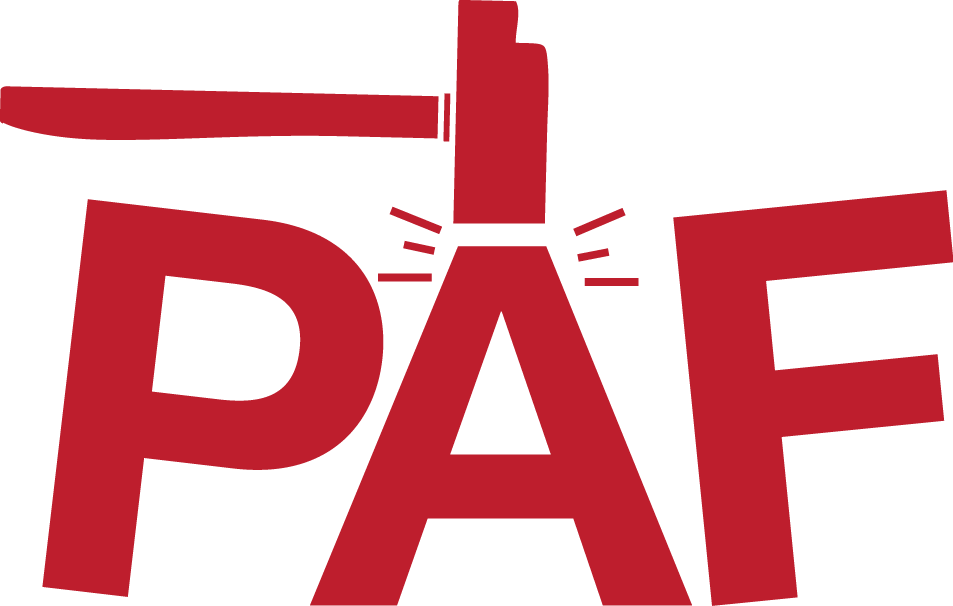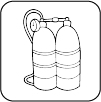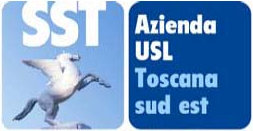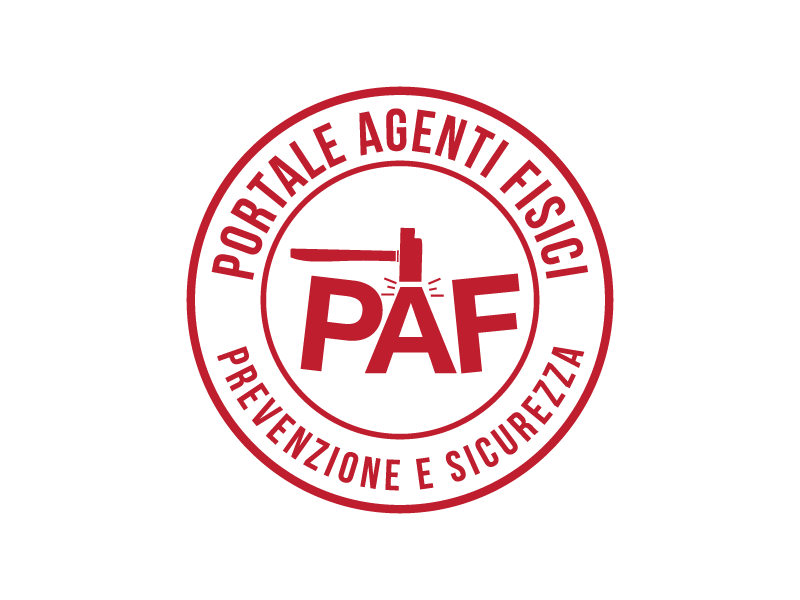Exposure to hyperbaric atmospheres - Risk assessment
Exposure to HYPERBARIC ATMOSPHERES presents multifactorial risks, which should be assessed together with other risks specific to the work environment.
The specific risks from hyperbaric atmospheres are linked to the adaptation of the human body to the changes in external pressure and to the changes in the partial pressures of the different breathing gases inhaled by the operator.
Considering that there is no specific chapter in Decree 81/2008 for this agent, for the purposes of risk assessment, it is necessary to refer to article 181, which provides that a risk assessment shall refer to the standards of good practice. The main criteria for assessing hyperbaric risk for the three categories of activity where such risk is present are listed below.
DRY HYPERBARIC ACTIVITIES
REFERENCE LEGISLATION: Presidential Decree 321/56
The reference legislationis Presidential Decree 321/56, which should be considered obsolete, clearly specifies decompression procedures and is still in effect for these types of activities.
Compression and decompression procedures are set out in the following articles:
- Article 28 (Compression and decompression): specifies compression and decompression times
- Article 36 (Work time): this article includes a table with working time limits.
The procedures indicated in this article are obsolete, being based on outdated criteria from the 1950s. They expose the worker to doubled stress from decompression because they require that the work shift be split into two parts and that the interval between the two periods be spent in the open air. The joining of those periods must be expressly authorized by the Labour Inspectorate.
An important safety reference for these purposes is the UNI EN 12110:2014 standard “Tunnelling machines - Air locks - Safety requirements”.
Detailed information is in Annex 1.
UNDERWATER ACTIVITIES
REFERENCE LEGISLATION:
- UNI 11366: 2010
- GOOD PRACTICES pursuant to Article 6 INAIL-ISPRA-ARPA (2013)
In Decree Law of 24 January 2012, containing “Urgent measures on competition, infrastructure development and competitiveness”, also known as the “deregulation decree”, published in the Official Journal, specifically, in Article 16 (“Development of strategic national energy and mining resources”) there is reference to the UNI 11366:2010 standard, “Health and Safety in Underwater and Hyperbaric Professional Activities – Operating procedures, the Italian National Standards Body, Milan, 2010”.
Point 2, of Article 16, cited above, states that the activities “referred to in Article 53 of Presidential Decree No. 886 of 24 May 1979 shall be undertaken pursuant to current applicable regulations and the standards of Good Engineering Practice referred to in the UNI 11366 Standard”. Therefore, the reference gives the legislation binding value.
Below are a series of indications contained in the UNI 11366: 2010 standard and in the Good Engineering Practices found in the “Regulations” section; for additional information see Annex 2.
ROLES AND RESPONSIBILITIES
- EMPLOYER: this is the manager of all activities and is ultimately responsible for the safety of the underwater activities.
- DIVING SUPERINTENDENT: when present, this is the only person whose role is safety supervisor (TRAINING INDICATED IN THE CONSOLIDATION ACT D.Lgs. 81/08) and who is responsible for safety during all phases of the project.
- DIVING SUPERVISOR: this person, who is designated in writing by the contractor as the diving safety manager of the dives he or she directs, is also safety supervisor at all underwater construction sites where there is no Diving Superintendent.
- DEEP WATER HYPERBARIC LIFE SUPPORT TECHNICIAN: this technician must be expert in the application of deep diving and hyperbaric treatment procedures and must comply with all health and safety regulations.
- DIVER: divers must have a valid diving fitness certificate issued by a doctor specializing in Diving Medicine or one with a Level 2 Master's Certificate in Undersea and Hyperbaric Medicine.
PROFESSIONAL REQUIREMENTS FOR DIVERS
Below are the requirements for divers. For further details, see Annex 2.
- LICENSE
- SUITABILITY FOR THE SPECIFIC DUTY
- TASK AUTHORIZATION
COMPOSITION OF THE WORK TEAMS
Diving teams will have their own specific configuration based on the type of work to be done. The following categories are referred to in the legislation. For further details, see Annex 2.
- SHALLOW WATER DIVING TO 12 m
- SHALLOW WATER DIVING BELOW 12 m
- UNDERWATER OPERATIONS WITH AN OPEN DIVING BELL - AIR DIVING IN AN OPEN BELL
- UNDERWATER OPERATIONS WITH AN OPEN DIVING BELL - HELIOX DIVING IN AN OPEN BELL
- BELL BOUNCE DIVING IN DEEP UNDERWATER OPERATIONS
- SATURATION DIVING IN DEEP UNDERWATER OPERATIONS
DIVING ACTIVITIES RECORDS DOCUMENTS
The legislation contains specifications for all documents to be completed for diving operations.
For further details, see Annex 2.
- DIVING ACTIVITIES PROGRAMME: all dive operations must be planned, whilst taking into account the skills of the less experienced divers.
- PROGRAMMED DIVING FORM: before diving, the Diving Superintendent must complete the “Programmed Diving Form”.
- DIVE LOG: the dive log, in paper or electronic format, is completed at the end of the dive by the Diving Superintendent and filed by the Diving Supervisor.
- INDIVIDUAL DIVER LOG BOOK: this is a personal paper or electronic record where all data about each single operator’s dives are recorded.
DIVING PROCEDURES
For further details, see Annex 2.
-
PRE-DIVE PROCEDURES:
- Site assessment
- Equipment assessment
- Preparation of surface assistance
- DIVING PROCEDURES
- POST-DIVE PROCEDURES
3 - HYPERBARIC OXYGEN THERAPY
The main indications for the risk assessment for healthcare workers in hyperbaric chambers, based on the ISPESL GUIDELINES, European recommendations for best practices and regional and international guidelines, set out in Annex 3, are summarised below.
- SAFETY MEASURES: safety measures for the rooms where hyperbaric chambers are located and operate must be described in detail in the SAFETY MANUAL drawn up and signed by the facility manager. In addition, posters containing specific safety information shall be displayed in the workplace. The drafting of these rules shall take into account what is expressly stated by the manufacturer in the Hyperbaric Oxygen Therapy Chamber Instruction Manual. The manual should specify indications on the following points:
- MATERIALS THAT MAY BE USED
- SYSTEMS FOUND IN THE HYPERBARIC CHAMBERS: all requirements must be contained in a detailed TECHNICAL DOCUMENT.
- MAINTENANCE
-
PERSONNEL EDUCATION AND TRAINING








